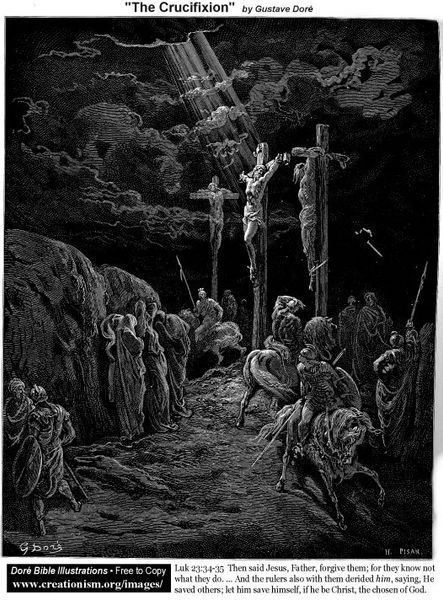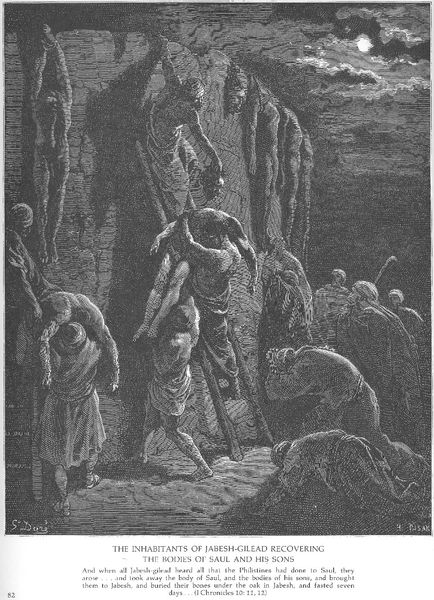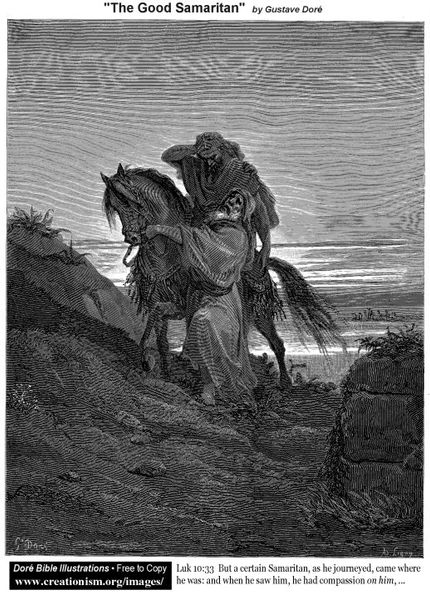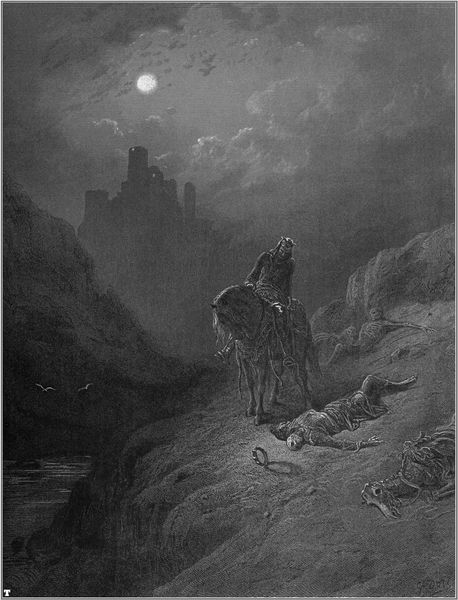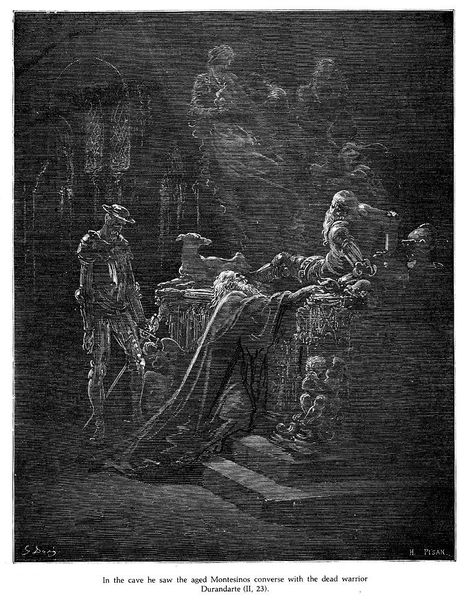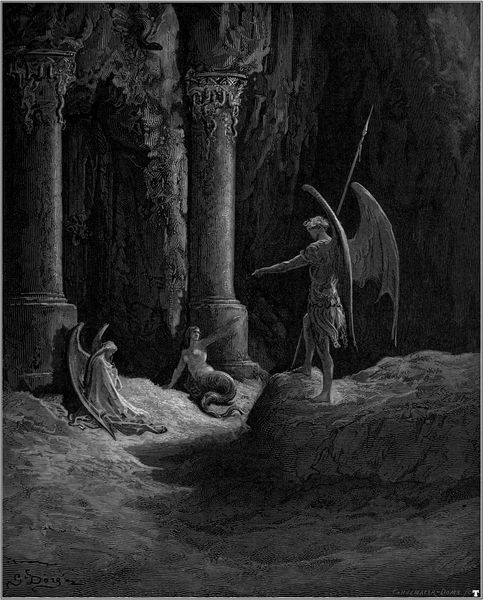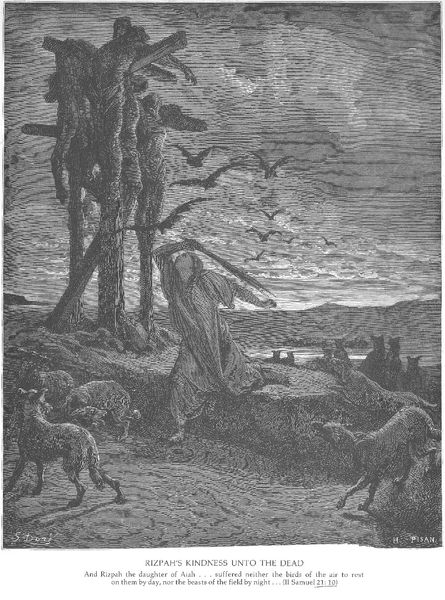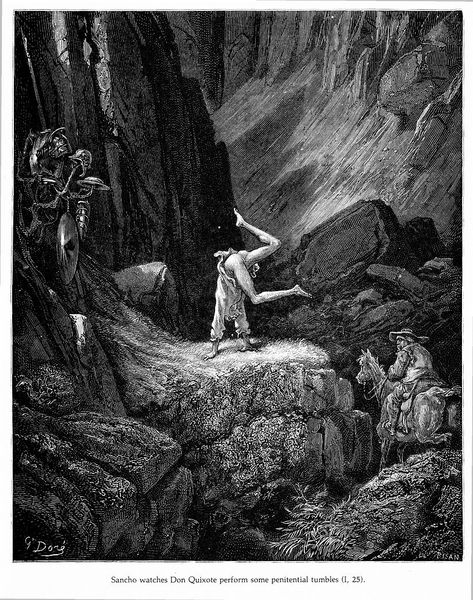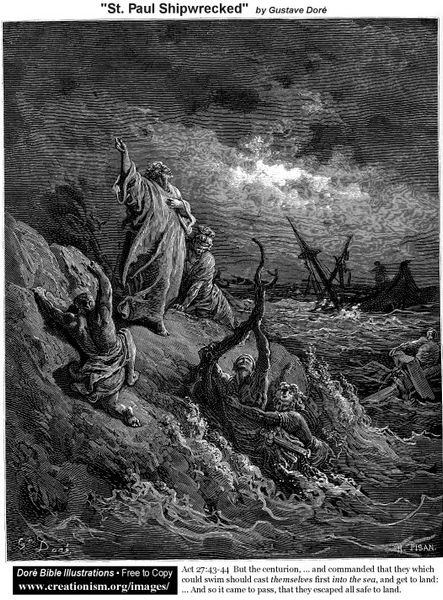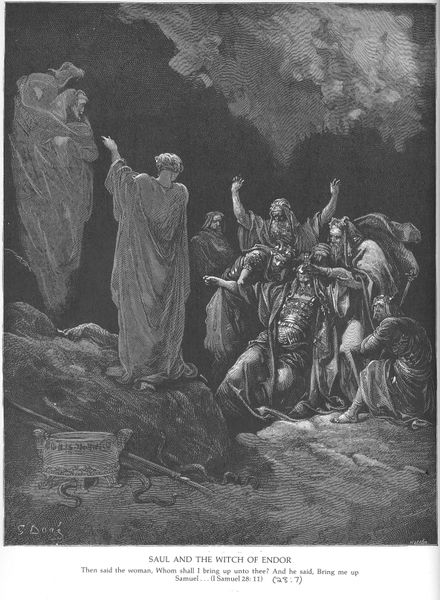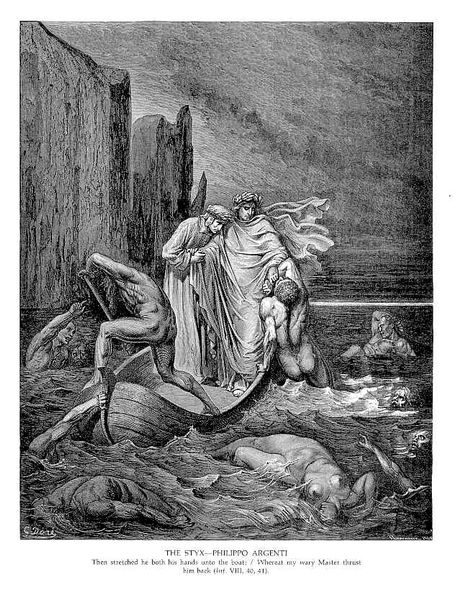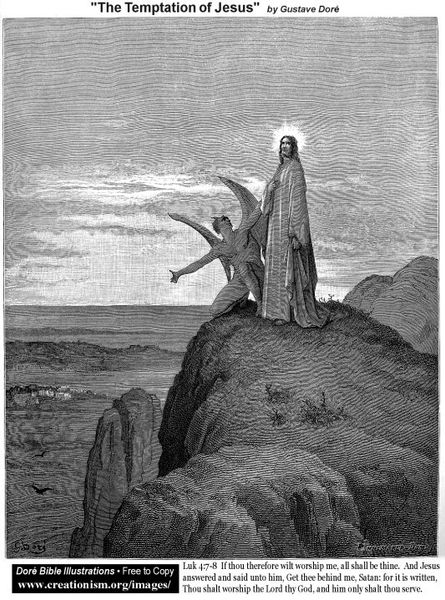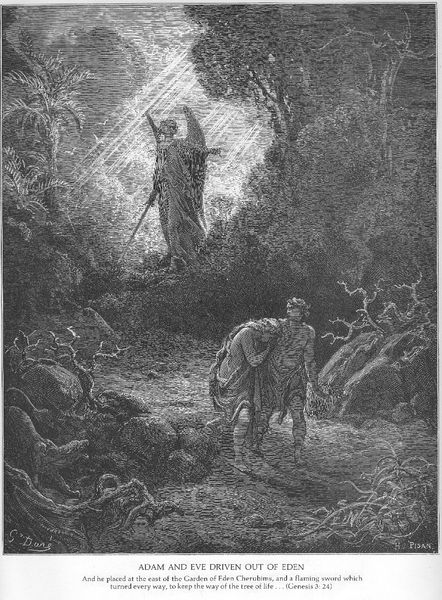
print, photography, engraving
#
narrative-art
# print
#
landscape
#
figuration
#
photography
#
black colour
#
romanticism
#
line
#
history-painting
#
engraving
Copyright: Public domain
Here we see Gustave Dore's vision of Don Quixote, likely created in France during the mid-19th century, using the technique of wood engraving. Dore's Quixote resonates with the romanticism of the era, a time when artists and writers questioned traditional values and celebrated individualism. The image creates meaning through visual codes and cultural references, particularly the chivalric tradition of knighthood, which had long faded from social reality, existing as a potent symbol in literature and art. Dore's choice of wood engraving allowed for mass production, making this image accessible to a wide audience, this speaks to the changing landscape of art consumption and the rise of a more democratic art world. The image serves as both a nod to the past and a commentary on the present. To understand it better, we can research the artistic conventions of 19th-century French illustration, study the history of Don Quixote's reception and how it was used to reflect social and political ideals of the time. This approach enables us to see art not as isolated objects, but as products and shapers of social context.
Comments
No comments
Be the first to comment and join the conversation on the ultimate creative platform.
